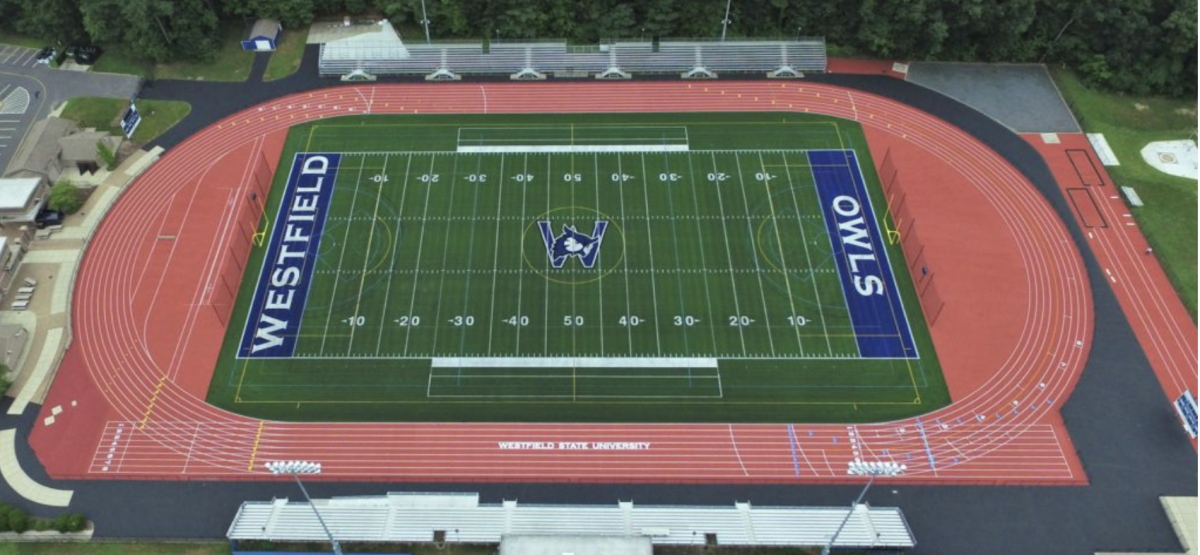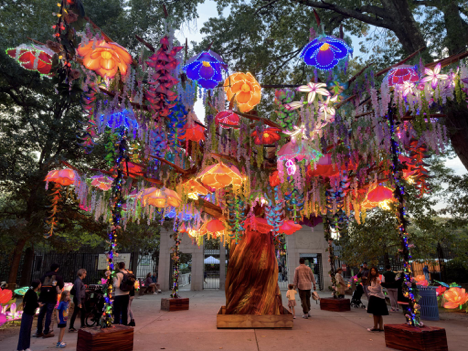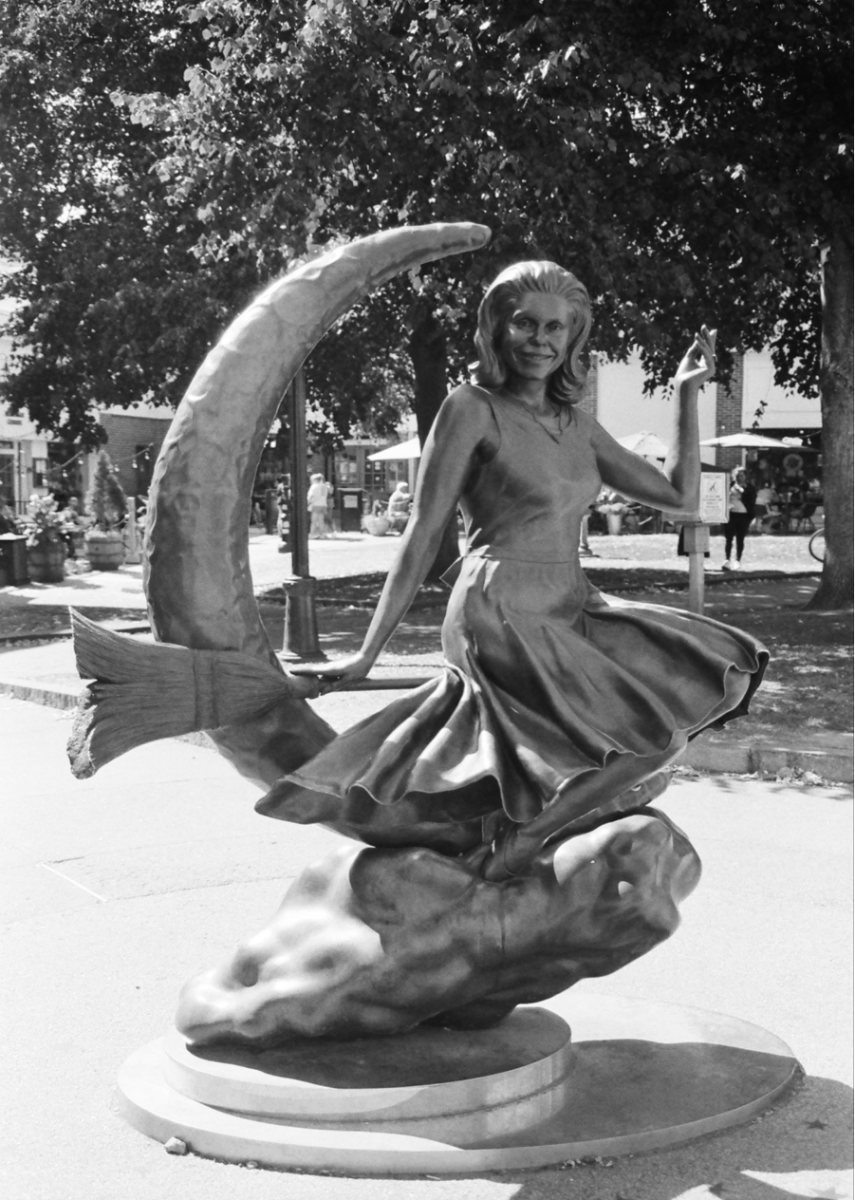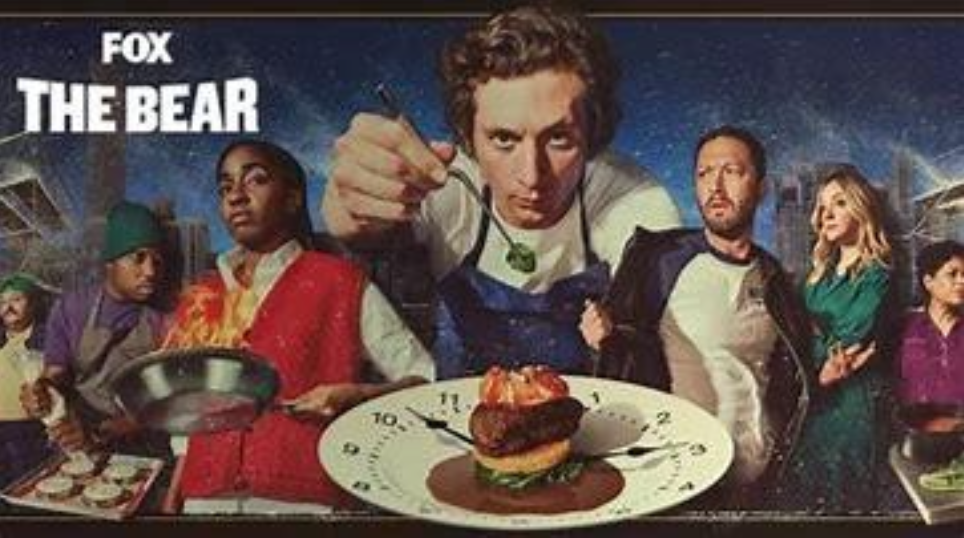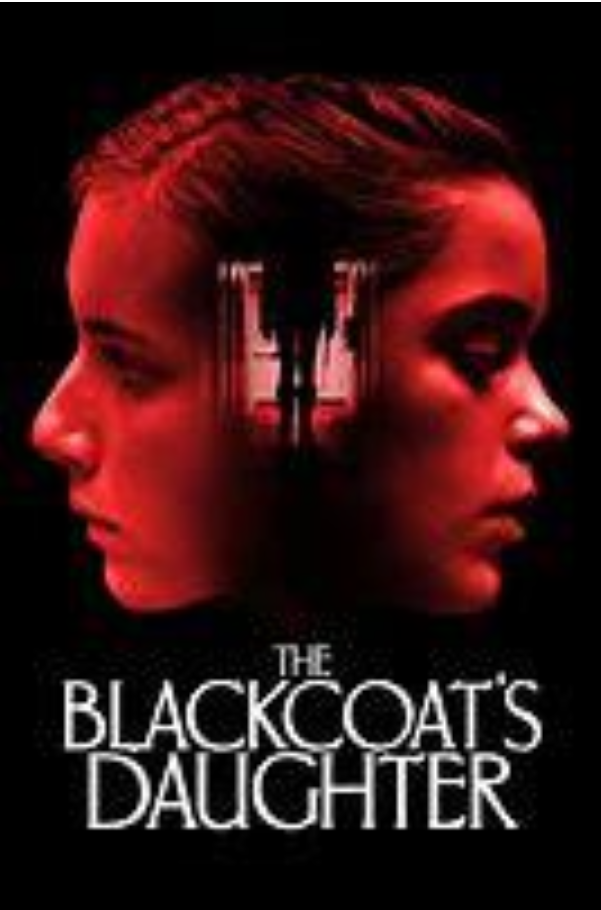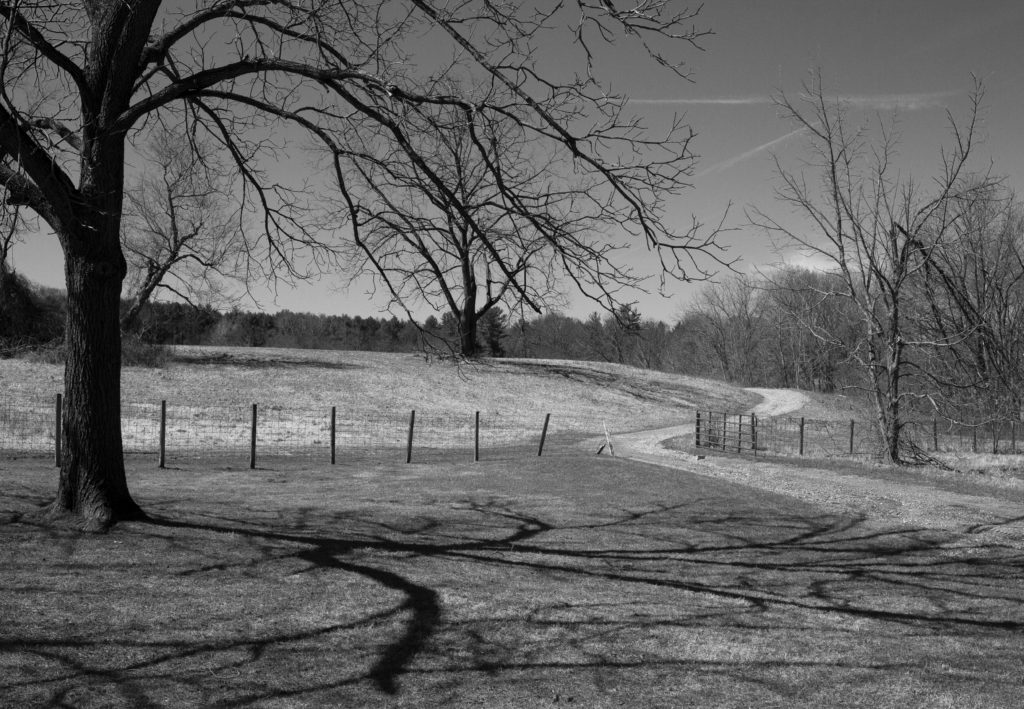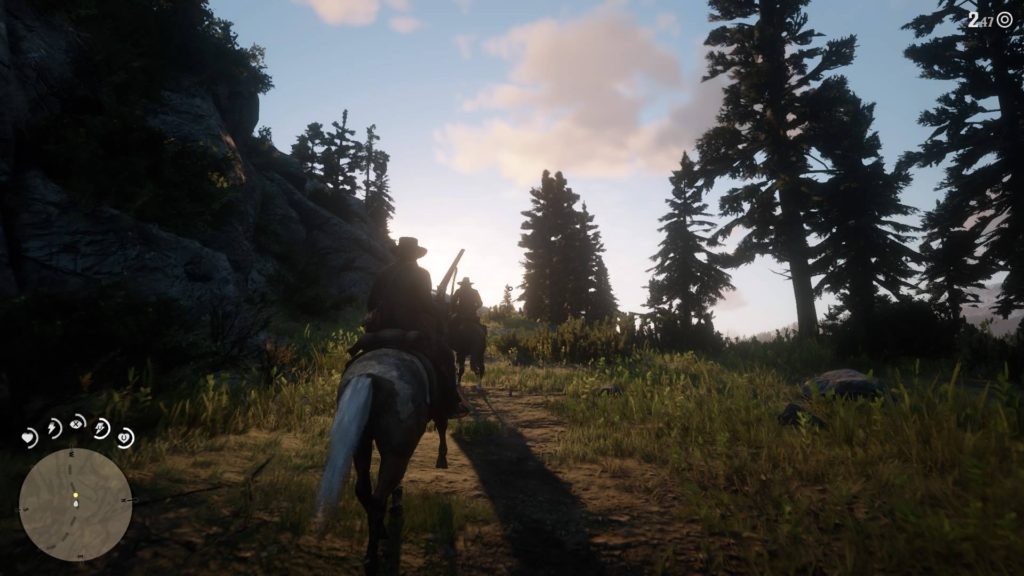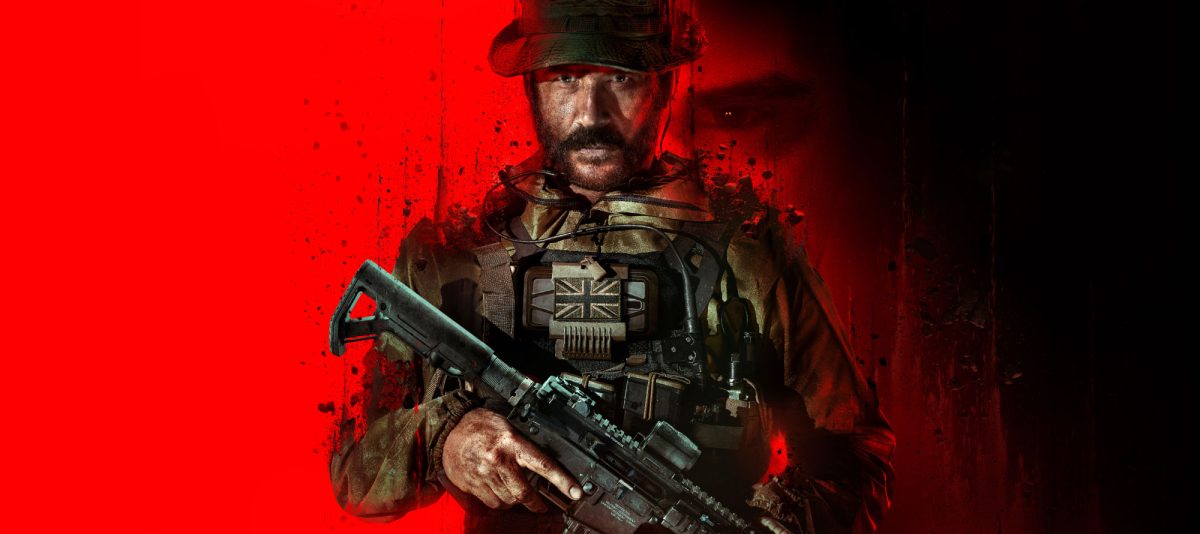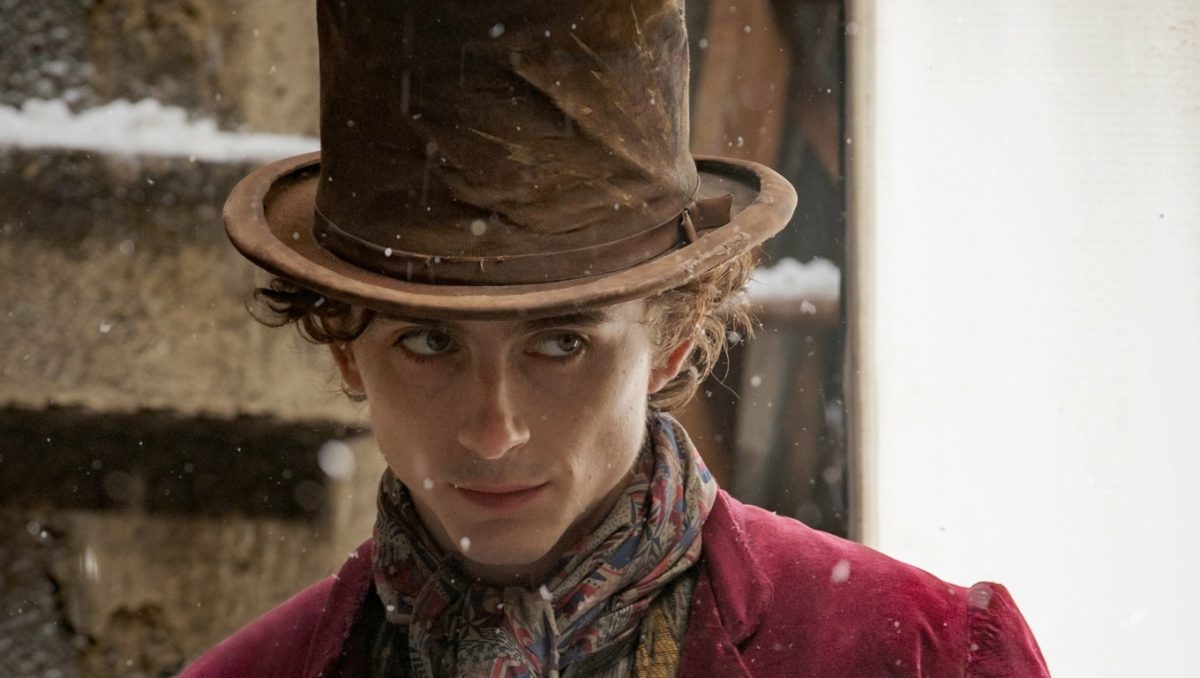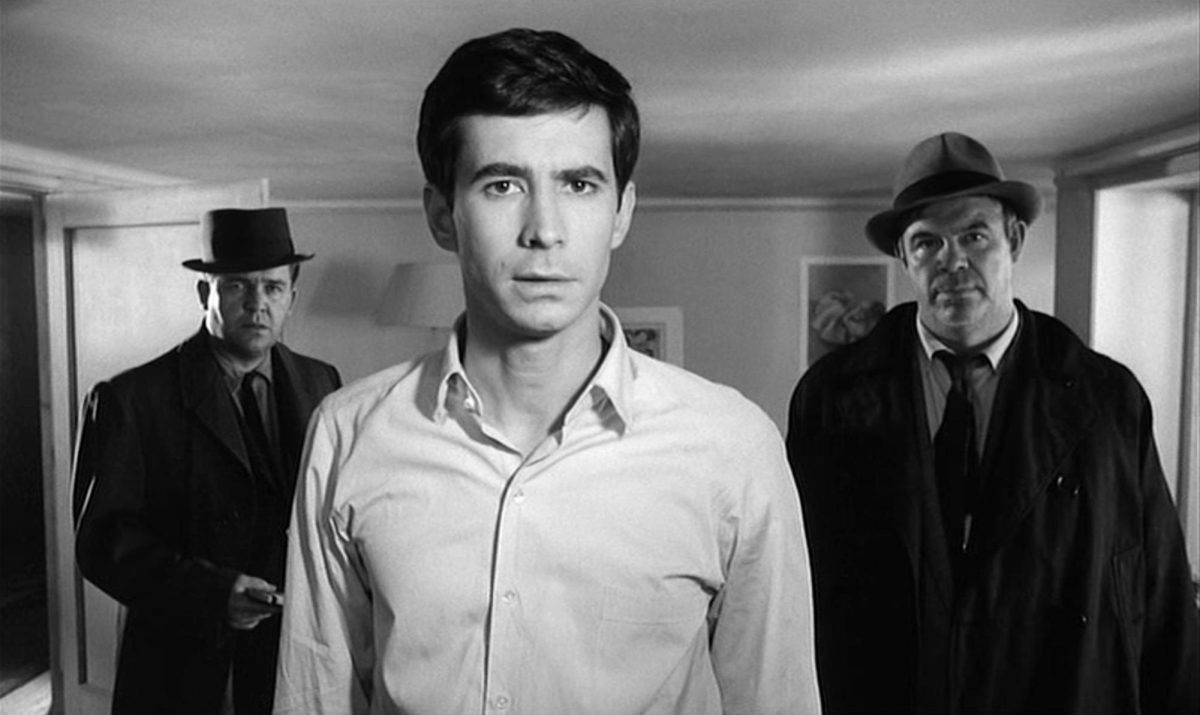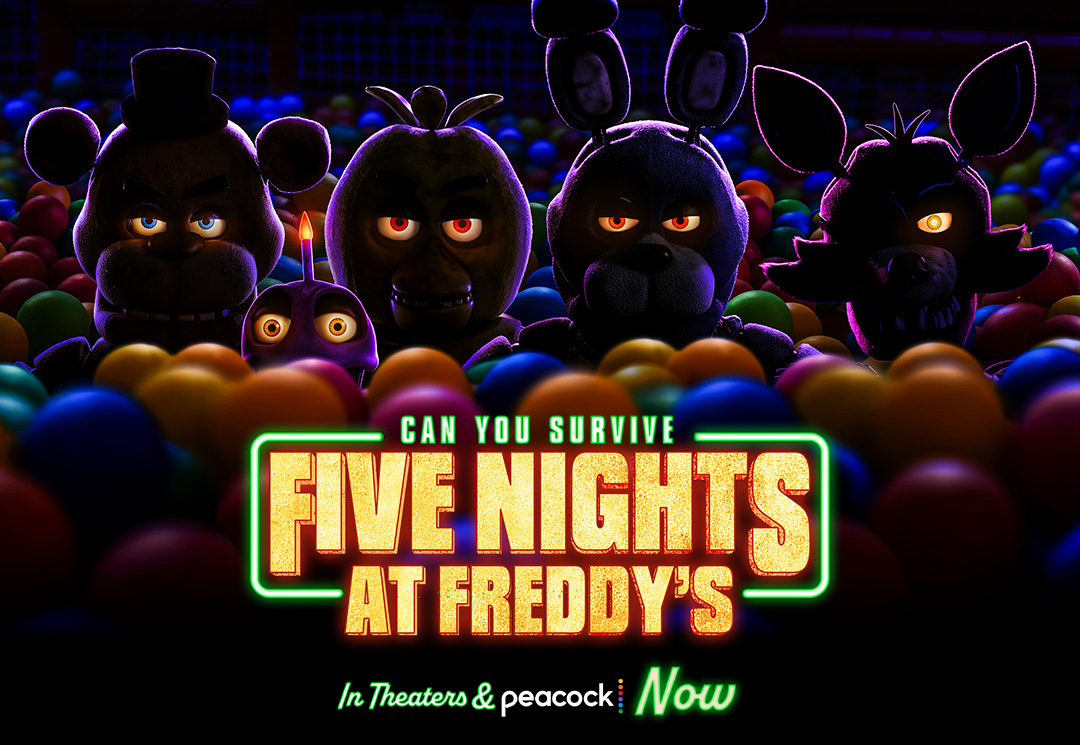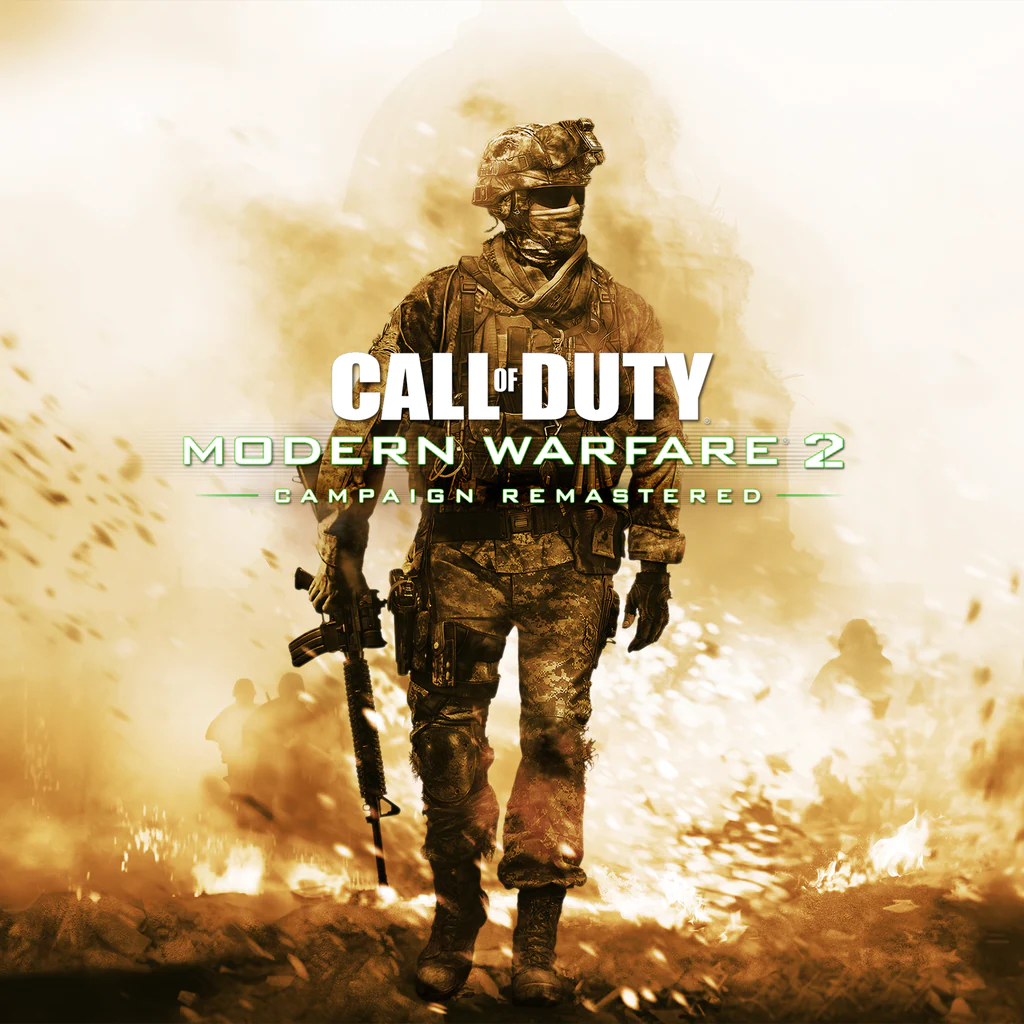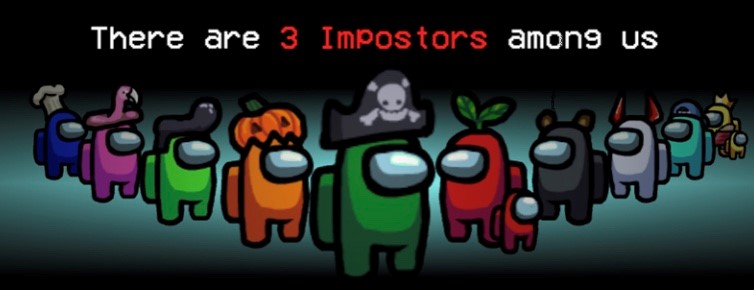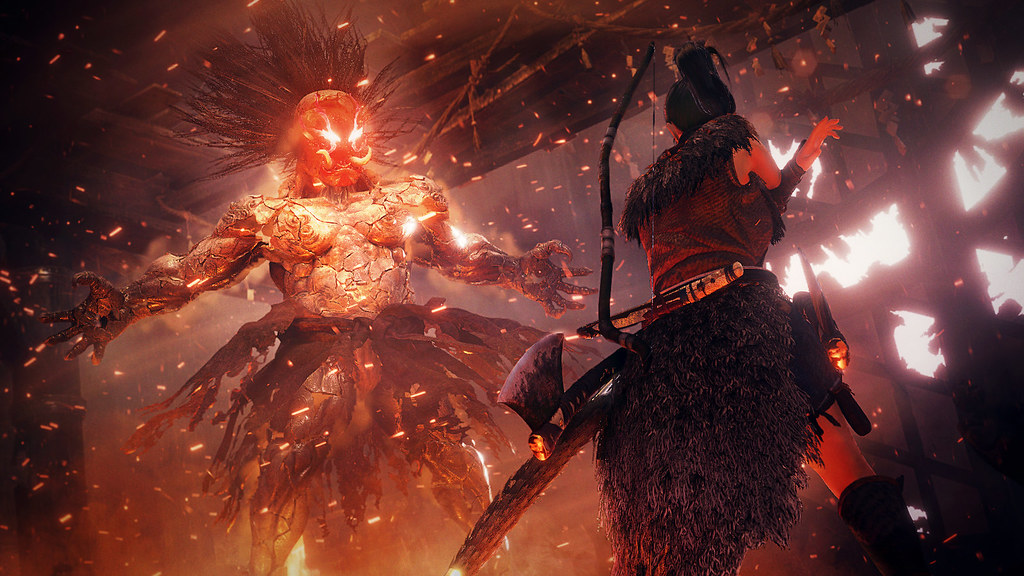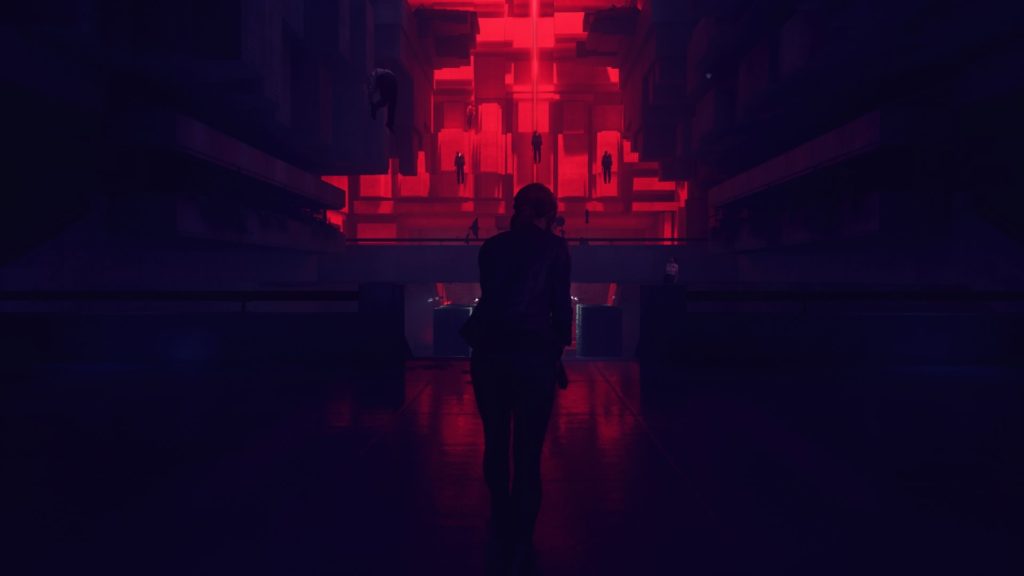A game of moral consequence, unending detail, and desperate outlaws; Red Dead Redemption 2 brings back an open wild west unrivaled in quality. Rockstar took an open world formula that is familiar to so many of us, and they crafted it in a way that pushes the boundaries of the games industry and this medium. Red Dead Redemption 2 isn’t just another open world copy to pass some time. It is a master crafted experience to be savored. One in which no detail is spared, every character holds value, and truly enthralling narratives unfold.
Set in 1899, the end of the age of outlaws, Red Dead Redemption 2 follows Arthur Morgan, the right-hand man to Dutch van der Linde. The game takes place before the first Red Dead Redemption and tells the story of the Van der Linde gang before they splintered off into the skeleton of a gang that John Marston eventually takes down. The Van der Linde gang has their backs against the wall from the very moment that the game begins, and every member must work together to save the collective group. America is more civilized than ever, and Pinkerton agents are working at full force to take down the remaining outlaw gangs in the west.
Arthur Morgan, the playable protagonist, has been loyal to the gang for over 20 years, and he finds himself caught in the middle of an ever-growing struggle. Arthur struggles to save Dutch and the entire gang from an ill fate, while he wrestles just as much to justify his actions and come to terms with the end of outlaws. Arthur is a capable and almost broken man with hints of charm and ruthlessness to match. His story and development as a character are what binds the moment to moment narrative and provide one of the best protagonists in this generation.
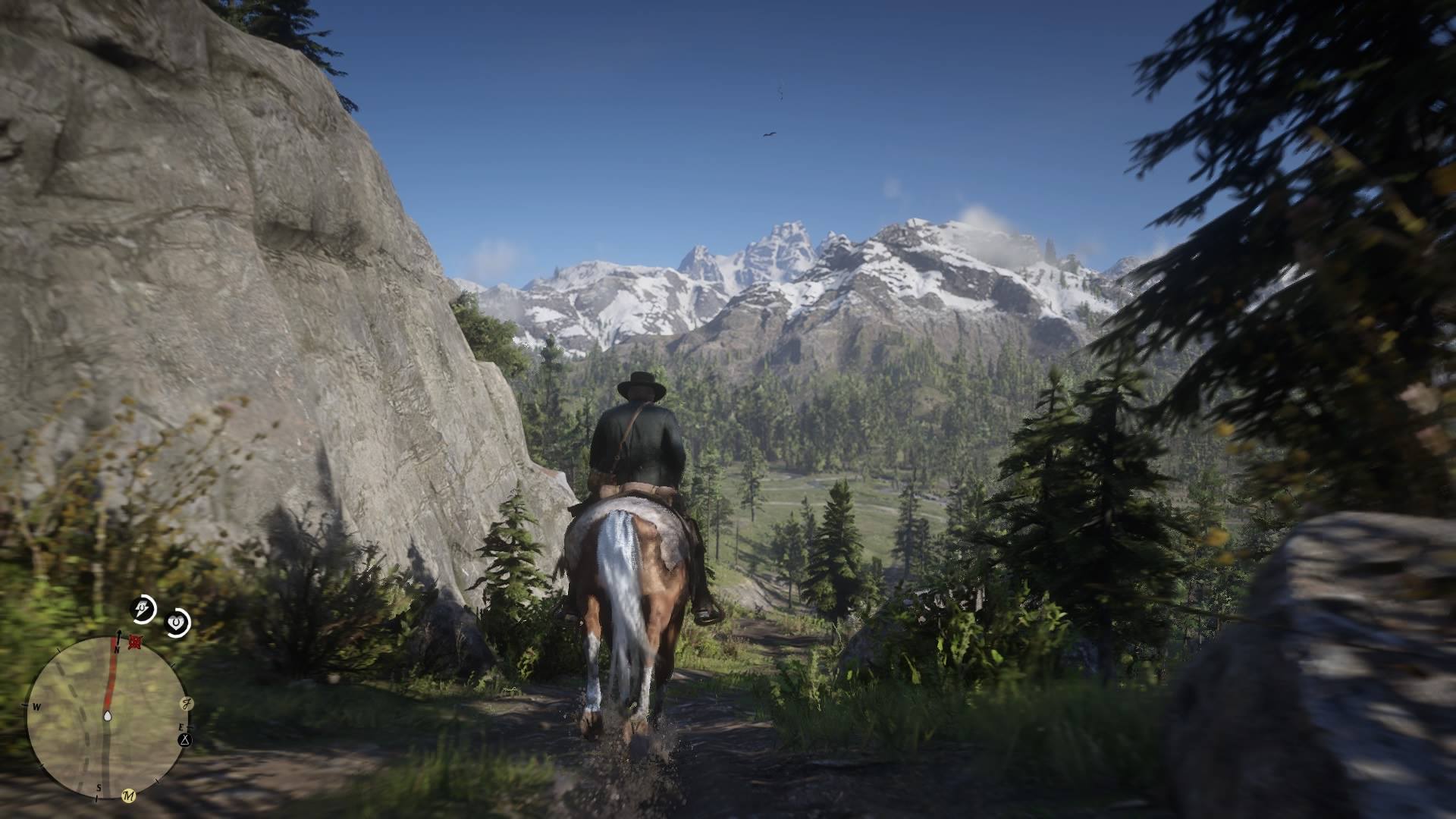
The Pinnacle of Writing
It is no easy task to write an entire 60+ hour game, especially when that writing is at a constant compelling and convincing quality. I don’t mean just in narrative, but more impressively in the clever dialogue throughout the game, and the unique array of characters that Arthur meets. There are a ton of lines of dialogue, and that means a ton of time spent listening to characters speak to each other. Watching a lot of scenes play out isn’t a bad thing, and like any good movie, good dialogue and interaction can pull the audience into a state in which the real world has become a second thought. In Red Dead Redemption 2, dialogue scenes and interaction really are that good, and for hours on end, I found myself entranced by conversations that had me laughing, questioning character motivations, and feeling like my dog just died.
Every character, especially within the Van der Linde gang, has their own personality, history, and unique way of speaking to others. As the game progresses, Arthur builds his own relationship with each person, and much is revealed along the way. Arthur learns about the realities of racism and slavery from the son of a former slave who just joined the gang. He makes amends with John Marston after he left the gang, and he even bonds with John’s son. He constantly insults the fat camp cook and a mooch called uncle, but he shows compassion for the alcoholic priest and the widow named Sadie who wants to prove herself as a capable woman outlaw. Each member is written as if they were real people, with real tendencies and personalities. Watching their relationships with Arthur unfold as you explore the world, good or bad, is just another fine example of writing.
As for the main narrative in Red Dead Redemption 2, the same rules apply. For a story in which the general outcome is already known, there was an incredible amount of intrigue and care that I had for the story, maybe even more so than the first game. Arthur is the most interesting character that I have followed since God of War and experiencing his fate for myself made each chapter better than the last, right up to the climax. It is very subtle, but experiences throughout the game change Arthur as a man. With the honor system, a mechanic in which actions like killing innocents makes you evil or saving them makes you good, that change is experienced first-hand. Even his personality as he writes in his journal changes. On a larger scale though, I have never experienced a game in which the main character can develop so much as a person, in a way that feels entirely natural.
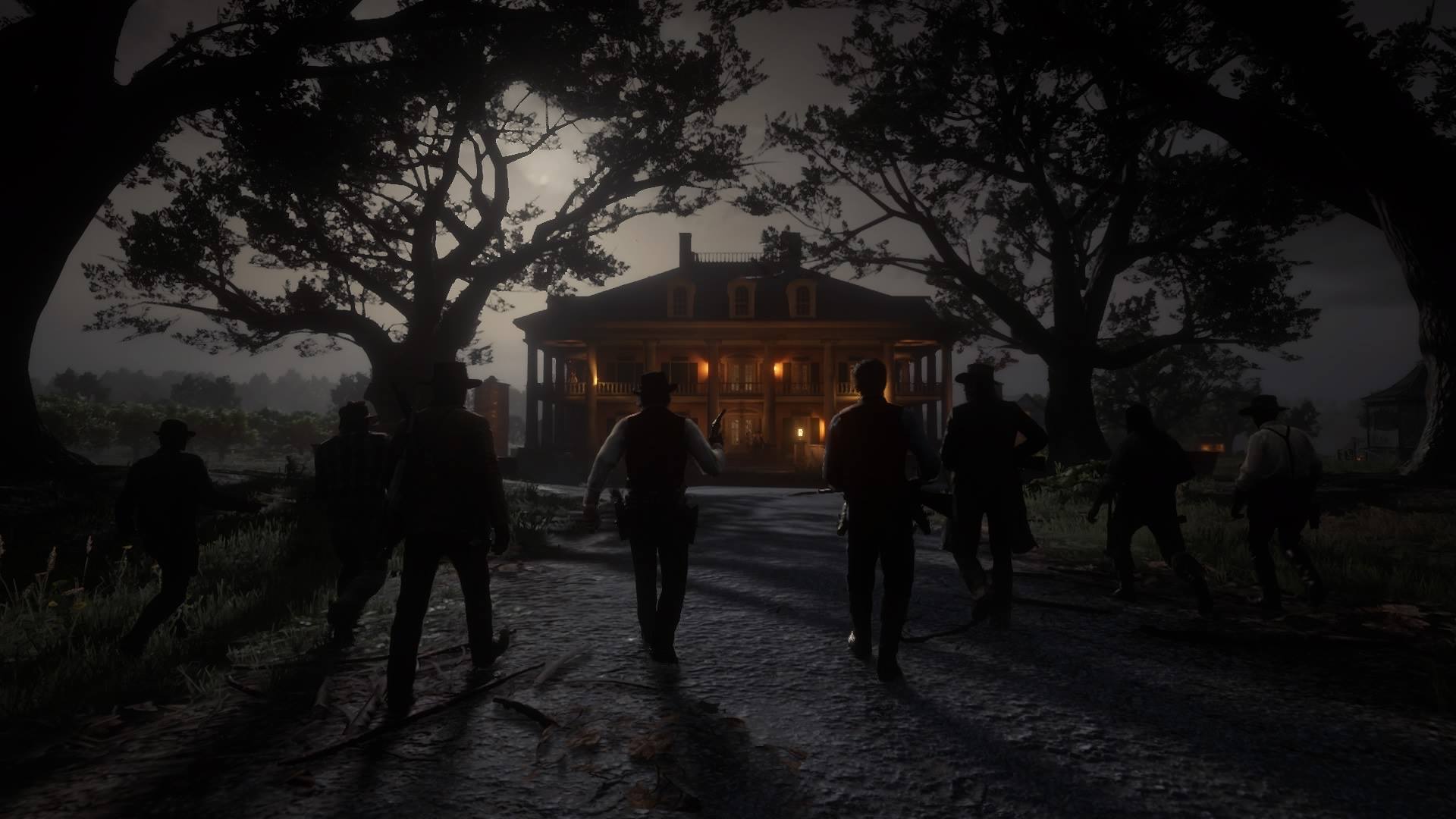
The first chapter, which is admittedly slower than the rest and serves as a tutorial for a few hours, conveys a much different Arthur than the one I know now. Once I left the snowy mountains of chapter one however, the game picks up fast. Arthur’s progression as a character then moves forward in a way that seems natural and unnoticed in the moment but is completely obvious by the end of the story. The pacing of each chapter fits the theme of the game, and especially the writing. If it weren’t for spoilers, I would write more about the epilogues that take place after the main six-chapter story, but I won’t say much. What I will is they were far too long, and though I understand why they are implemented, they feel unnecessary and detract from the main game experience. I believe the story would have been near perfect without the epilogues to follow.
A Detailed and Grounded West
I could go on forever about the writing in Red Dead Redemption 2, but that wasn’t the aspect of the game that surprised me the most. That award goes to the insane amount of detail that was given to the game and the world in which Arthur inhabits. There hasn’t been a game that I’ve ever played that creates such a genuine sense of realism in a way that isn’t overdone.
One of the main concerns that some have over this game is the tedious nature of some mechanics. Arthur must eat to keep is health and stamina up. He must feed his horse to keep it at full potential, clean his gun to make sure it works, and even wash himself or others will stay away. Those are just a few of the tasks that must be managed in the game, but they aren’t as bad as they look or sound at first mention. Many survival games require a player to constantly eat and sleep among other mechanics to ensure that they don’t die. These systems are constant, and they are meant to keep the player in a repetitive state of tedious awareness and management.
Tedious management isn’t the goal for the systems in Red Dead Redemption 2, and you can go hours without really seeing to any of the mentioned tasks. Their purpose is to provide a sense of grounded reality for the player. Almost every action has an animation, and that isn’t to be annoying, it is an impressive feat. When Arthur kills an animal, their hide and meat don’t just magically teleport to his bag. He must instead skin the animal, place the meat in his bag, and carry the animal on the back of his horse until he arrives at a butcher. When Arthur eats, he takes some bites of his stew and then drinks the remining broth in the bowl. Even in combat, weapons don’t appear out of the void, Arthur can instead only carry 4 weapons at a time, all of which can be seen strapped around on him.
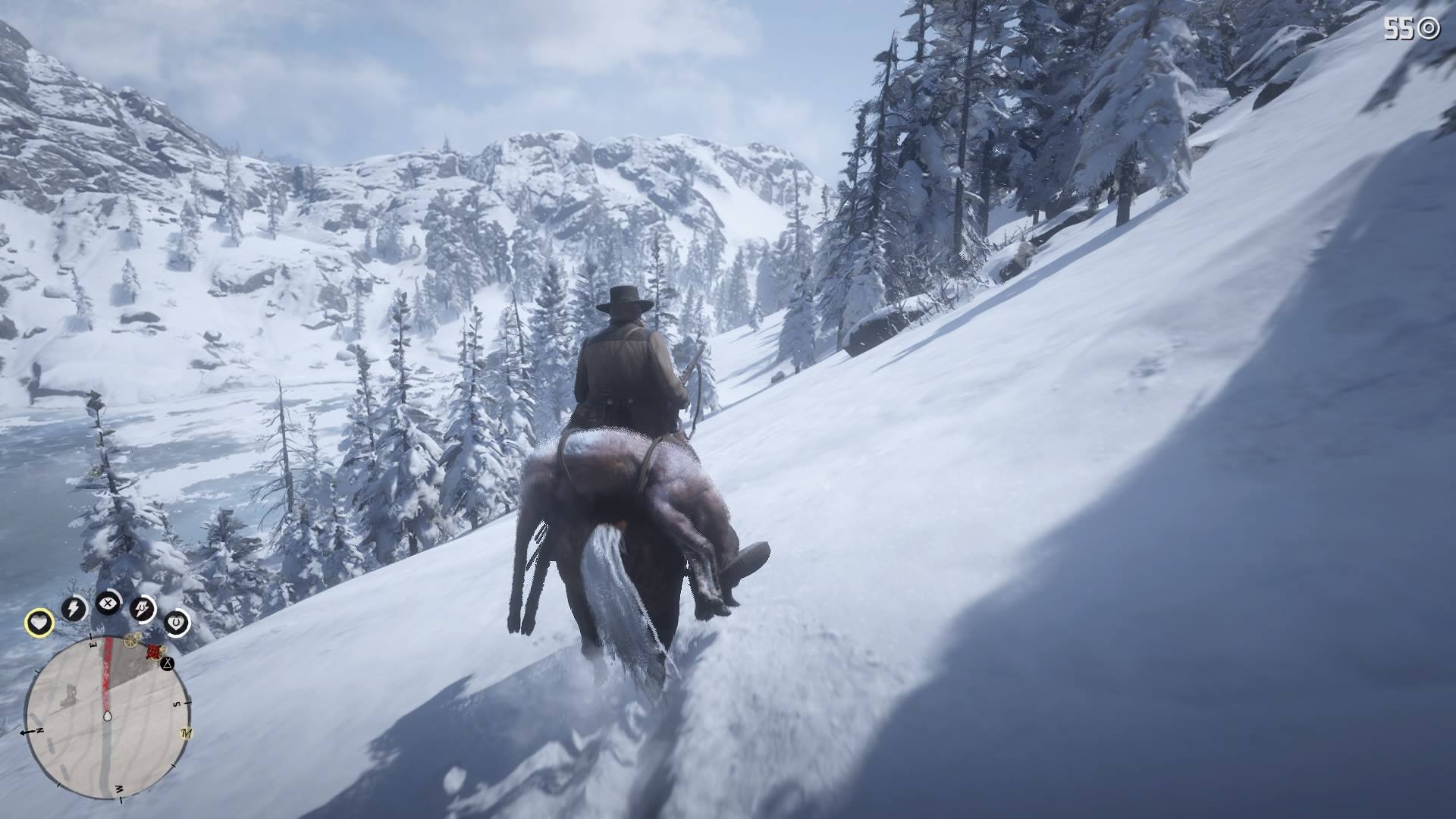
The goal isn’t to bore the player with menial tasks that everyone does daily. The goal is to create a sense of realism that connects the player to a world that feels just as real as the characters. If you can think of any action or physics, there is probably an animation for it, and that level of detail should be celebrated.
A Worthwhile Open World
The world itself is stunning, and there are countless moments where I stopped on my horse simply to look around at the scenery on display. Environments around the map are widely varied, taking the player from deep snows on mountain tops, to wide open deserts and lush southern swamps. Weather systems tend to vary just as much as the environments, and days can switch from clear and sunny, to convincingly scary thunder storms.
Red Dead Redemption 2 doesn’t just contain a world of superficial looks though. There is a massive amount of side activities to partake in, and I’m more than happy to say that none of them are filler. There is no true experience bar or any gear to grind for, and yet I found myself speaking to every stranger I ran into and exploring every area I traveled in.
Each side quest was written with as much care as the main story, and I began to feel as if I was missing an integral part of the game if I skipped a new stranger. Some quests contained simple stories of former plantation owners who had fallen from grace, while others led Arthur on a quest to meet the deadliest gunslingers on the map. Even when there wasn’t a stranger to supply me with a new quest, there were plenty of Easter eggs and events to discover around the map. Killers leave mutilated bodies with pieces of a map scattered at each scene, emergent events take place all over the world that allow Arthur to make small impacts, and poker games are always just a town away.
Just like the detailed animation that is prevalent, there is just as much detail in the world building for the same reason. Each well written stranger and interesting event adds to the feeling of a world that is alive and has a history to follow. It is a world that feels like it lives on, even after you hit the power button.
Refined and Simplistic Gameplay
Combat and movement will be very familiar to anyone that has ever played a Red Dead or Grand Theft Auto game. Players spam X to sprint, and cover is your best friend. Combat in Red Dead Redemption 2 is more refined than ever, and each gun fight was rewarding and intense. Every weapon sounds like a true heavy hitting black powder gun, and fanning the hammer with a shining revolver has never felt better. Out of every component in the game though, it is the combat and movement that is slightly lacking.
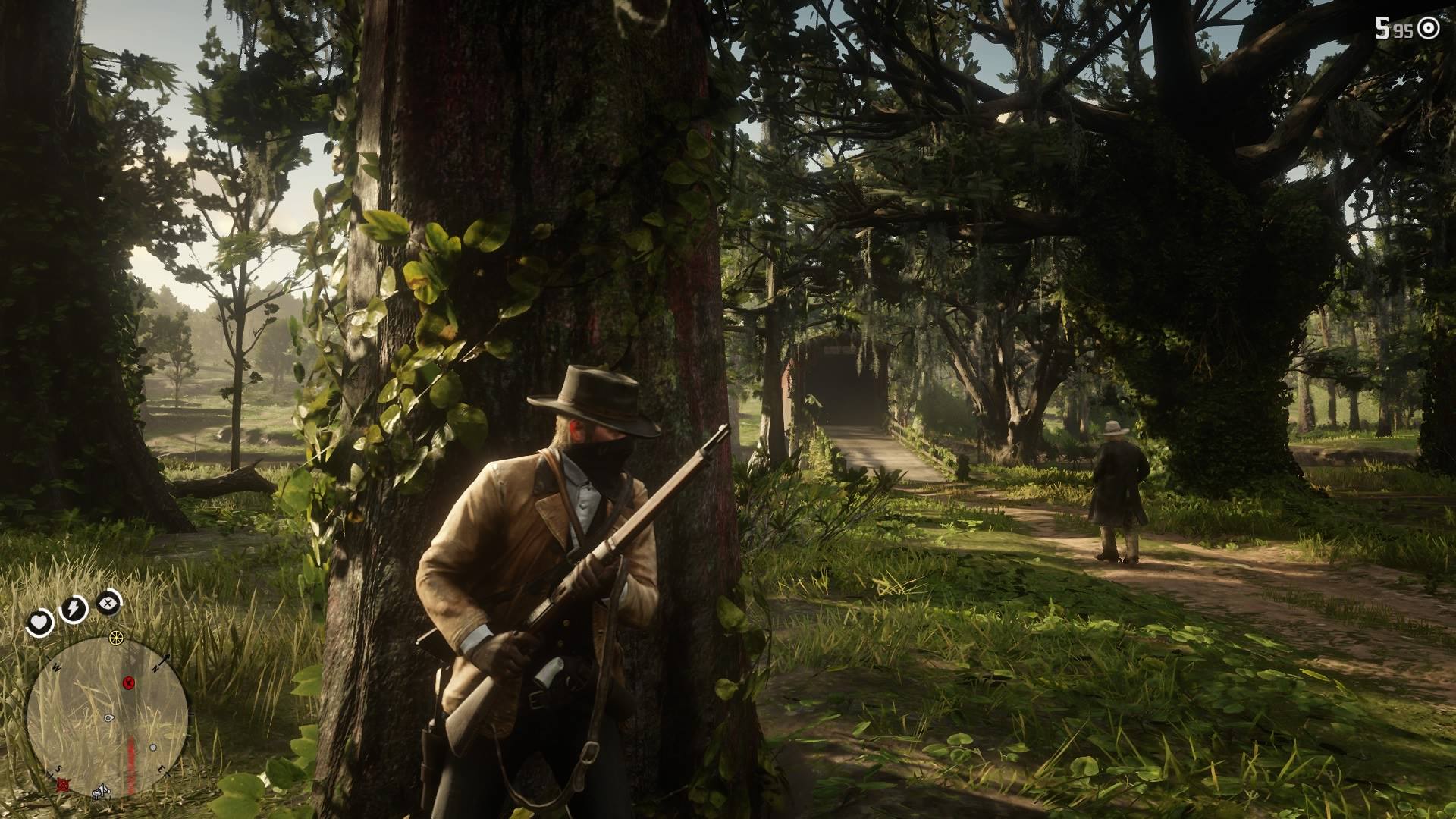
As fun as the guns look and sound, the gameplay itself can feel just as clunky and awkward to match. Weapons take a while to gain full accuracy, Arthur moves extremely slow in a fight and X must then be spammed to make awkward turns into cover, and almost every bug I encountered involved combat.
There is also no difficulty setting at all, and the game was generally just too easy. I ended up putting aim assist to the lowest setting because the default setting makes constant headshots as easy as pressing L2. There were a lot of fantastic shoot outs with incredible set pieces to go along, but they never had that intense challenge that accompanies many engaging combat systems.
Horses on the other hand, though still very weighty, hit a sweet spot. Movement felt satisfying and responsive. Even when my horse moved into a rock or a tree, the act of flying off my horse with ragdoll physics was too funny to get annoyed. Every player will spend hours on their horse, moving from each location, and even simply travelling was a satisfying mechanic. For players who don’t want to control their horse, cinematic cameras are back, and can make for a relaxing journey from town to town.
One of the Generation Defining Games
Red Dead Redemption 2 is an instant classic for this generation of games. It’s hard to say that this is the current pinnacle of gaming like many currently suggest. There are more than a few games that could easily contend that spot, but Red Dead is nonetheless a strong contender.
The game is not perfect, and that is due to the simplistic combat, the sometimes-clunky movement, and an epilogue that I believe soured an otherwise perfect narrative. What isn’t close to perfect though, is still more than enough to be considered very well done and entertaining. What was done to close perfection is nothing short of amazing and industry defining for future games. The detail to animation is unparalleled, the open world is filled with nothing but quality content, and the story is full of memorable and emotional moments that future games should strive for. There are plenty of quality games this generation, many that accomplish their own feats of genius, but none of them are Red Dead Redemption 2.
[metaslider id=1084 cssclass=” alignnormal”]




